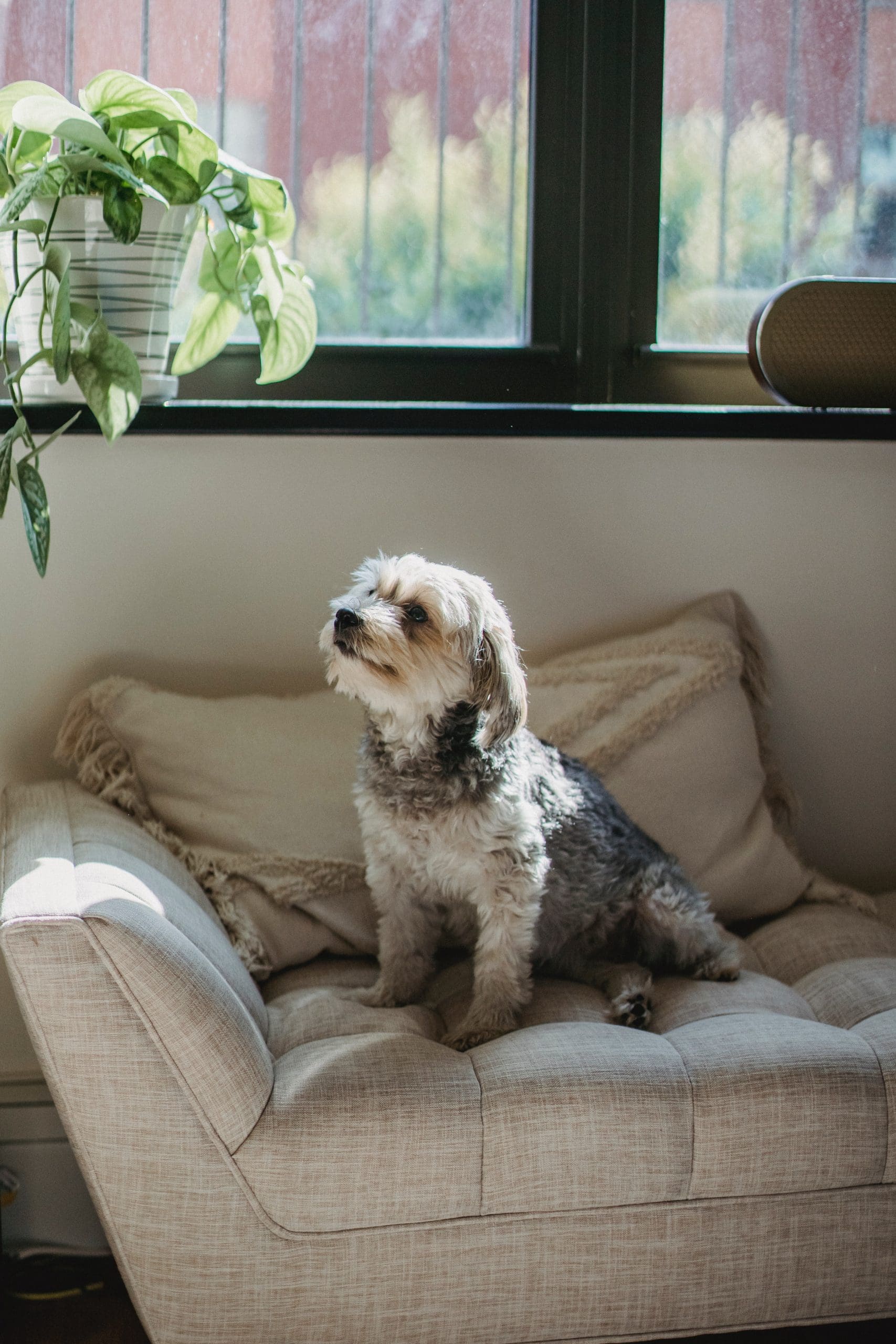When considering how to pick up a dog, several factors play a crucial role. Each dog is unique, and understanding the right approach can create a positive experience for both you and the dog. Whether you’re handling a tiny Chihuahua or a hefty Golden Retriever, the way you lift and hold a dog significantly impacts their comfort and safety.
Observing Body Language
Before attempting to lift a dog, it’s essential to observe their body language. Dogs communicate their feelings through posture and expressions. If a dog seems anxious, frightened, or agitated, it’s wise to pause and let them acclimate to your presence. Speaking softly, extending a hand for them to sniff, and allowing them to approach you on their terms can help build trust.
Positioning Yourself
Once a dog appears calm and receptive, consider how to position yourself. For small dogs, kneeling or sitting down reduces height differences and makes you less intimidating. For larger dogs, bending slightly may still be beneficial. Approach slowly and maintain a gentle demeanor; dogs can sense your energy, and a calm approach fosters security.
Lifting Small Dogs
For small dogs, use both hands for support. Place one hand under their belly and the other behind their back. Gently scoop them up, keeping them close to your body for better control and comfort. Smooth and steady movements are key to preventing any sudden starts that might startle them.
Lifting Larger Dogs
When lifting larger dogs, position yourself beside them. Gently wrap one arm around their chest, just behind the front legs, while your other hand supports their hindquarters. This technique helps maintain stability. Keeping the dog close to your body is equally important for control and comfort.
Addressing Resistance
If a dog resists your attempts to lift them, reassess the situation. Forcing a dog can lead to stress or injury. Instead, engage them positively with treats or a favorite toy to coax them closer. Once they seem more comfortable, you can attempt to lift them again using the previously mentioned techniques.
Holding the Dog
Once lifted, how you hold a dog is just as important as how you pick them up. For small dogs, you can cuddle them gently while ensuring their body is adequately supported. For larger dogs, maintain a firm grip while allowing them to feel relaxed. Speaking softly can help reassure and calm them.
Respecting Individual Needs
Understanding a dog’s personality is crucial when lifting and holding them. Some dogs enjoy being held, while others may prefer independence. Respect their comfort levels, and if they exhibit signs of stress—like stiffening, whining, or trying to escape—set them down gently and give them space.
Environmental Considerations
The environment can also affect a dog’s reaction to being picked up. If you’re in a busy or noisy area, the dog may feel overwhelmed. Finding a quiet space where they can feel safe can enhance their response to being held.
Physical Limitations and Training
Be mindful of any physical limitations a dog may have, especially in older dogs or those with health issues. If uncertain about how to lift a dog due to health concerns, it’s best to consult a veterinarian. Additionally, a dog’s training level influences their comfort with being handled; trained dogs tend to respond better than those who are not accustomed to it.
Handling Puppies
When picking up puppies, be especially gentle. They often squirm and may not understand the situation. Approach calmly and use both hands to support their small bodies. Gradually acclimate them to being held for short periods before extending the duration as they become more comfortable.
Being Attentive
Always pay attention to a dog’s needs once you’ve lifted them. Some may want to be set down quickly, while others may enjoy lingering in your arms. Be responsive to their body language and vocal cues. If they seem restless or start to squirm, gently place them back on the ground. This respect fosters trust.
Breed-Specific Considerations
Different breeds may have specific handling needs. For instance, herding breeds might feel more secure when they can see their surroundings, while toy breeds may prefer a more cuddled position. Tailoring your approach based on breed nuances can enhance your interactions.
Practicing Your Skills
The more you interact with different dogs, the better you’ll become at reading their body language and understanding their needs. Each interaction is a learning opportunity that helps refine your technique.
Building Bonds
Lifting a dog goes beyond the physical act; it creates a bond. This connection can be particularly strong with pets you know well. Picking them up can express love and care, so approach the task with empathy and understanding, recognizing that each dog deserves respect and consideration.

